前言
我们选用mongoDB存储作业范围是因为mongodb支持 地理空间索引的type可以是下列的类型:
- Point(坐标点),coordinates必须是单个位置;
- Polygon(多边形),coordinates成员必须是 LinearRing 坐标数组的数组,必须是闭环,也就是第一个和最后一个坐标点要相同。
作业范围
在项目中,会有两个作业范围,分别是机构作业范围和快递员作业范围,这两个作业范围的逻辑是一致的,就是在地图中进行画出范围,就是其作业范围。
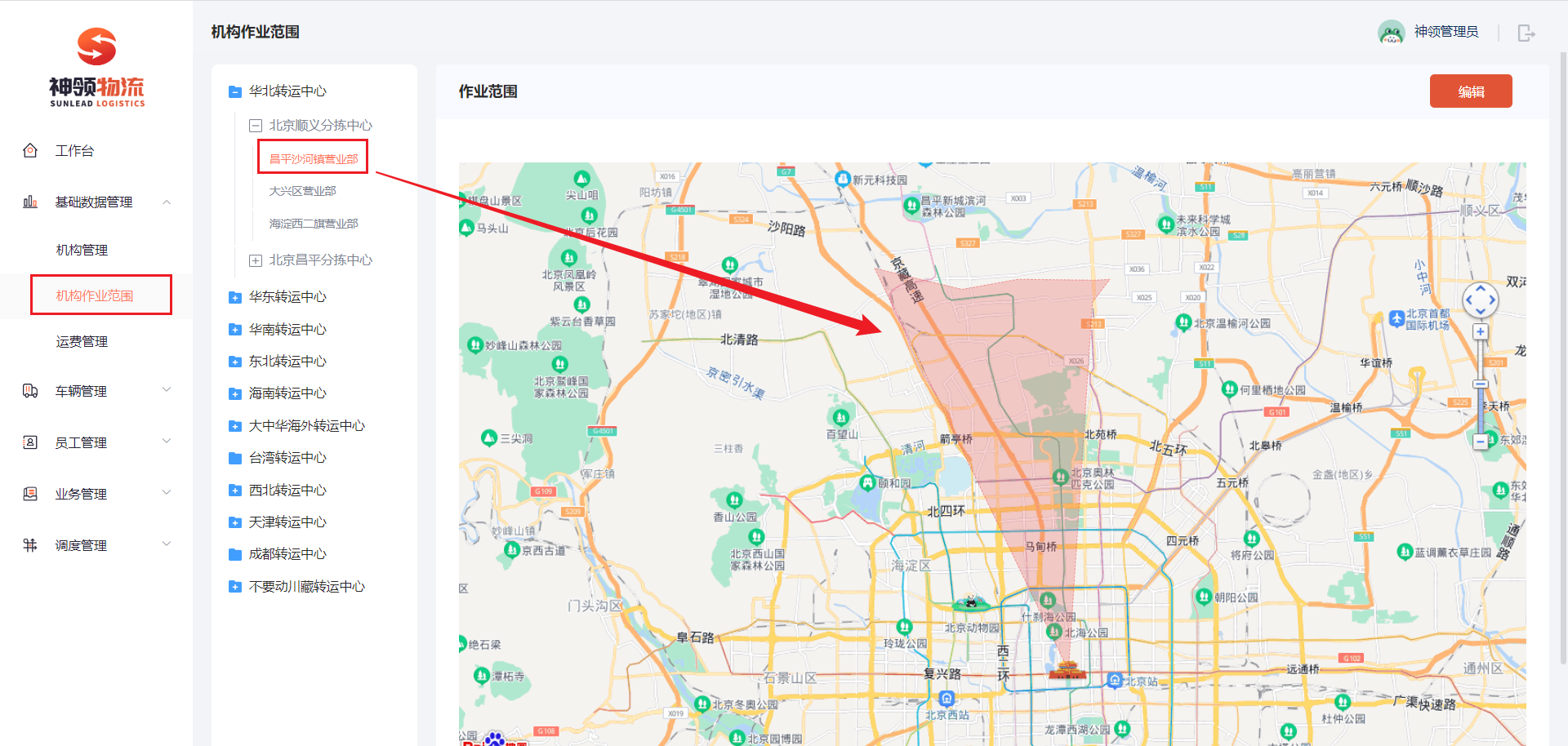
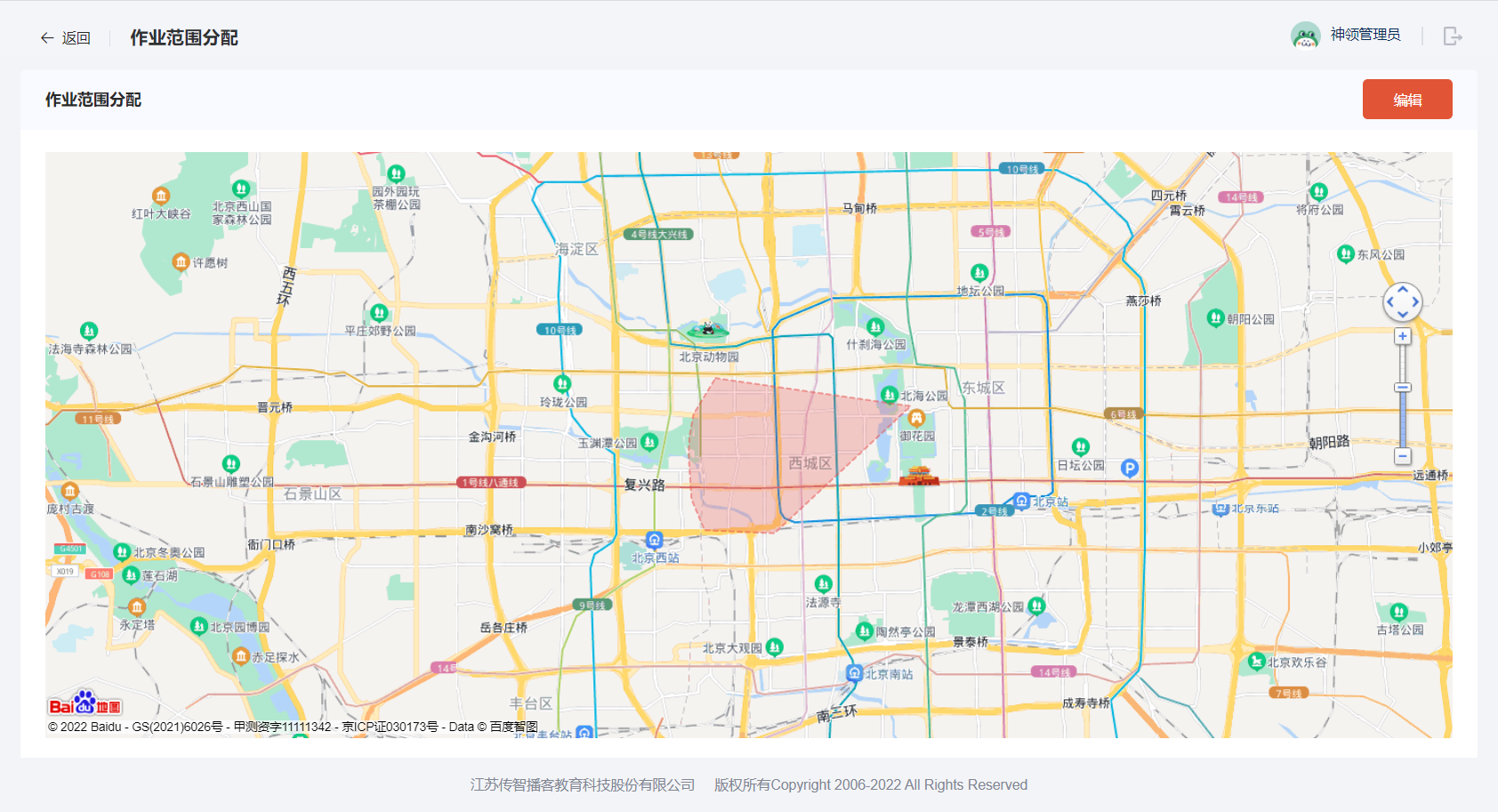
实现分析
对于作业范围是一个由多个坐标点组成的多边形,并且必须是闭合的多边形,这个就比较适合用MongoDB来存储。 现在想一个实际需求,用户小王下了订单,如何找到属于该服务范围内的快递员呢?这个就需要使用MongoDB的$geoIntersects查询操作,其原理就是查找小王的位置坐标点与哪个多边形有交叉,这个就是为其服务的快递员。
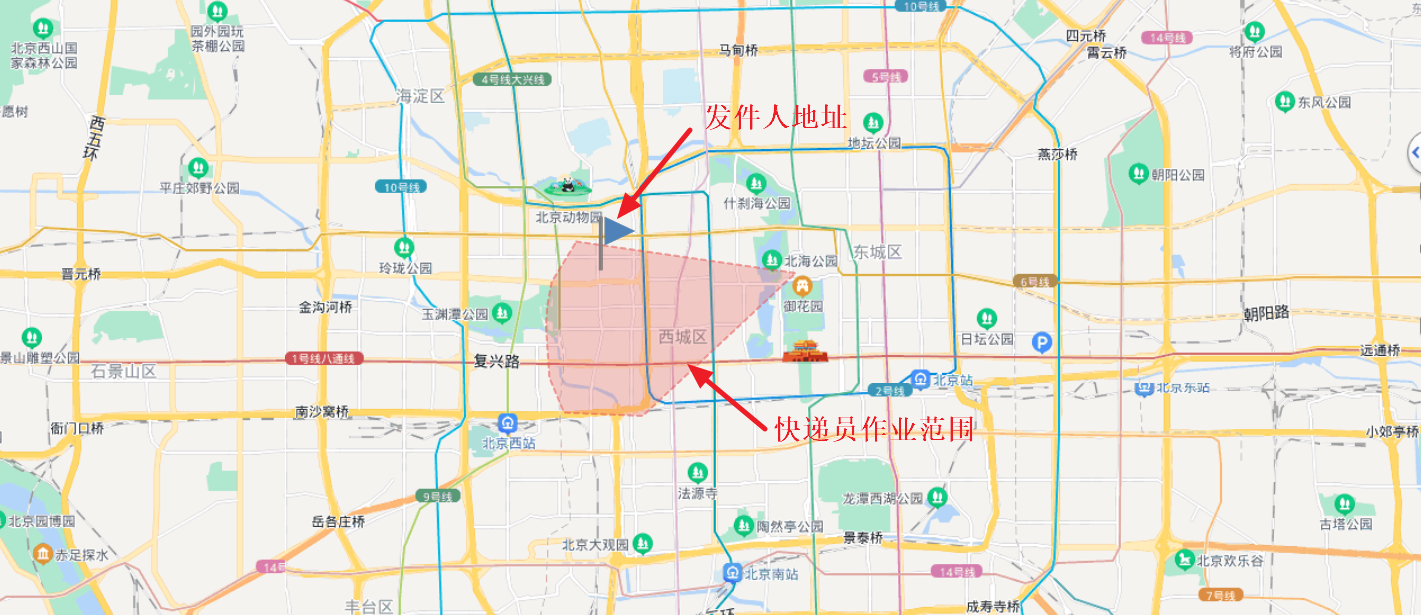
在配置中引入了MongoDB和EagleMap的共享配置。
server:
port: 18089
tomcat:
uri-encoding: UTF-8
threads:
max: 1000
min-spare: 30
spring:
cloud:
nacos:
username: nacos
password: nacos
server-addr: 192.168.150.101:8848
discovery:
namespace: ecae68ba-7b43-4473-a980-4ddeb6157bdc
config:
namespace: ecae68ba-7b43-4473-a980-4ddeb6157bdc
shared-configs: #共享配置
- data-id: shared-spring-mongodb.yml
group: SHARED_GROUP
refresh: false
- data-id: shared-spring-eaglemap.yml
group: SHARED_GROUP
refresh: false
ServiceScopeEntity
机构和快递员的逻辑是一样的,所以可以共存一张表中,通过type进行区分,1-机构,2-快递员。
/**
* 服务范围实体
*/
@Data
@Document("sl_service_scope")
public class ServiceScopeEntity {
@Id
@JsonIgnore
private ObjectId id;
/**
* 业务id,可以是机构或快递员
*/
@Indexed
private Long bid;
/**
* 类型 {@link com.sl.ms.scope.enums.ServiceTypeEnum}
*/
@Indexed
private Integer type;
/**
* 多边形范围,是闭合的范围,开始经纬度与结束经纬度必须一样
* x: 经度,y:纬度
*/
@GeoSpatialIndexed(type = GeoSpatialIndexType.GEO_2DSPHERE)
private GeoJsonPolygon polygon;
private Long created; //创建时间
private Long updated; //更新时间
}
服务类型枚举:
/**
* 服务类型枚举
*/
public enum ServiceTypeEnum {
ORGAN(1, "机构"),
COURIER(2, "快递员");
/**
* 类型编码
*/
private final Integer code;
/**
* 类型值
*/
private final String value;
ServiceTypeEnum(Integer code, String value) {
this.code = code;
this.value = value;
}
public Integer getCode() {
return code;
}
public String getValue() {
return value;
}
public static ServiceTypeEnum codeOf(Integer code) {
return EnumUtil.getBy(ServiceTypeEnum::getCode, code);
}
}
ScopeService 在ScopeService中主要定义了如下方法:
● 新增或更新服务范围
● 根据主键id删除数据
● 根据业务id和类型删除数据
● 根据主键查询数据
● 根据业务id和类型查询数据
● 根据坐标点查询所属的服务对象
● 根据详细地址查询所属的服务对象
/**
* 服务范围Service
*/
public interface ScopeService {
/**
* 新增或更新服务范围
*
* @param bid 业务id
* @param type 类型
* @param polygon 多边形坐标点
* @return 是否成功
*/
Boolean saveOrUpdate(Long bid, ServiceTypeEnum type, GeoJsonPolygon polygon);
/**
* 根据主键id删除数据
*
* @param id 主键
* @return 是否成功
*/
Boolean delete(String id);
/**
* 根据业务id和类型删除数据
*
* @param bid 业务id
* @param type 类型
* @return 是否成功
*/
Boolean delete(Long bid, ServiceTypeEnum type);
/**
* 根据主键查询数据
*
* @param id 主键
* @return 服务范围数据
*/
ServiceScopeEntity queryById(String id);
/**
* 根据业务id和类型查询数据
*
* @param bid 业务id
* @param type 类型
* @return 服务范围数据
*/
ServiceScopeEntity queryByBidAndType(Long bid, ServiceTypeEnum type);
/**
* 根据坐标点查询所属的服务对象
*
* @param type 类型
* @param point 坐标点
* @return 服务范围数据
*/
List<ServiceScopeEntity> queryListByPoint(ServiceTypeEnum type, GeoJsonPoint point);
/**
* 根据详细地址查询所属的服务对象
*
* @param type 类型
* @param address 详细地址,如:北京市昌平区金燕龙办公楼传智教育总部
* @return 服务范围数据
*/
List<ServiceScopeEntity> queryListByPoint(ServiceTypeEnum type, String address);
}
实现接口
package com.sl.ms.scope.service.impl;
import cn.hutool.core.util.ObjectUtil;
import com.itheima.em.sdk.EagleMapTemplate;
import com.itheima.em.sdk.enums.ProviderEnum;
import com.itheima.em.sdk.vo.Coordinate;
import com.itheima.em.sdk.vo.GeoResult;
import com.sl.ms.scope.entity.ServiceScopeEntity;
import com.sl.ms.scope.enums.ServiceTypeEnum;
import com.sl.ms.scope.service.ScopeService;
import lombok.extern.slf4j.Slf4j;
import org.bson.types.ObjectId;
import org.springframework.data.geo.Point;
import org.springframework.data.mongodb.core.MongoTemplate;
import org.springframework.data.mongodb.core.geo.GeoJsonPoint;
import org.springframework.data.mongodb.core.geo.GeoJsonPolygon;
import org.springframework.data.mongodb.core.query.Criteria;
import org.springframework.data.mongodb.core.query.Query;
import org.springframework.stereotype.Service;
import javax.annotation.Resource;
import java.util.List;
@Slf4j
@Service
public class ScopeServiceImpl implements ScopeService {
@Resource
private MongoTemplate mongoTemplate;
@Resource
private EagleMapTemplate eagleMapTemplate;
@Override
public Boolean saveOrUpdate(Long bid, ServiceTypeEnum type, GeoJsonPolygon polygon) {
Query query = Query.query(Criteria.where("bid").is(bid).and("type").is(type.getCode())); //构造查询条件
ServiceScopeEntity serviceScopeEntity = this.mongoTemplate.findOne(query, ServiceScopeEntity.class);
if (ObjectUtil.isEmpty(serviceScopeEntity)) {
//新增
serviceScopeEntity = new ServiceScopeEntity();
serviceScopeEntity.setBid(bid);
serviceScopeEntity.setType(type.getCode());
serviceScopeEntity.setPolygon(polygon);
serviceScopeEntity.setCreated(System.currentTimeMillis());
serviceScopeEntity.setUpdated(serviceScopeEntity.getCreated());
} else {
//更新
serviceScopeEntity.setPolygon(polygon);
serviceScopeEntity.setUpdated(System.currentTimeMillis());
}
try {
this.mongoTemplate.save(serviceScopeEntity);
return true;
} catch (Exception e) {
log.error("新增/更新服务范围数据失败! bid = {}, type = {}, points = {}", bid, type, polygon.getPoints(), e);
}
return false;
}
@Override
public Boolean delete(String id) {
Query query = Query.query(Criteria.where("id").is(new ObjectId(id))); //构造查询条件
return this.mongoTemplate.remove(query, ServiceScopeEntity.class).getDeletedCount() > 0;
}
@Override
public Boolean delete(Long bid, ServiceTypeEnum type) {
Query query = Query.query(Criteria.where("bid").is(bid).and("type").is(type.getCode())); //构造查询条件
return this.mongoTemplate.remove(query, ServiceScopeEntity.class).getDeletedCount() > 0;
}
@Override
public ServiceScopeEntity queryById(String id) {
return this.mongoTemplate.findById(new ObjectId(id), ServiceScopeEntity.class);
}
@Override
public ServiceScopeEntity queryByBidAndType(Long bid, ServiceTypeEnum type) {
Query query = Query.query(Criteria.where("bid").is(bid).and("type").is(type.getCode())); //构造查询条件
return this.mongoTemplate.findOne(query, ServiceScopeEntity.class);
}
@Override
public List<ServiceScopeEntity> queryListByPoint(ServiceTypeEnum type, GeoJsonPoint point) {
Query query = Query.query(Criteria.where("polygon").intersects(point)
.and("type").is(type.getCode()));
return this.mongoTemplate.find(query, ServiceScopeEntity.class);
}
@Override
public List<ServiceScopeEntity> queryListByPoint(ServiceTypeEnum type, String address) {
//根据详细地址查询坐标
GeoResult geoResult = this.eagleMapTemplate.opsForBase().geoCode(ProviderEnum.AMAP, address, null);
Coordinate coordinate = geoResult.getLocation();
return this.queryListByPoint(type, new GeoJsonPoint(coordinate.getLongitude(), coordinate.getLatitude()));
}
}
测试
@SpringBootTest
public class ScopeServiceTest {
@Resource
private ScopeService scopeService;
@Test
void saveOrUpdate() {
List<Point> pointList = Arrays.asList(new Point(116.340064,40.061245),
new Point(116.347081,40.061836),
new Point(116.34751,40.05842),
new Point(116.342446,40.058092),
new Point(116.340064,40.061245));
Boolean result = this.scopeService.saveOrUpdate(2L, ServiceTypeEnum.ORGAN, new GeoJsonPolygon(pointList));
System.out.println(result);
}
@Test
void testQueryListByPoint() {
GeoJsonPoint point = new GeoJsonPoint(116.344828,40.05911);
List<ServiceScopeEntity> serviceScopeEntities = this.scopeService.queryListByPoint(ServiceTypeEnum.ORGAN, point);
serviceScopeEntities.forEach(serviceScopeEntity -> System.out.println(serviceScopeEntity));
}
@Test
void testQueryListByPoint2() {
String address = "北京市昌平区金燕龙办公楼";
List<ServiceScopeEntity> serviceScopeEntities = this.scopeService.queryListByPoint(ServiceTypeEnum.ORGAN, address);
serviceScopeEntities.forEach(serviceScopeEntity -> System.out.println(serviceScopeEntity));
}
}
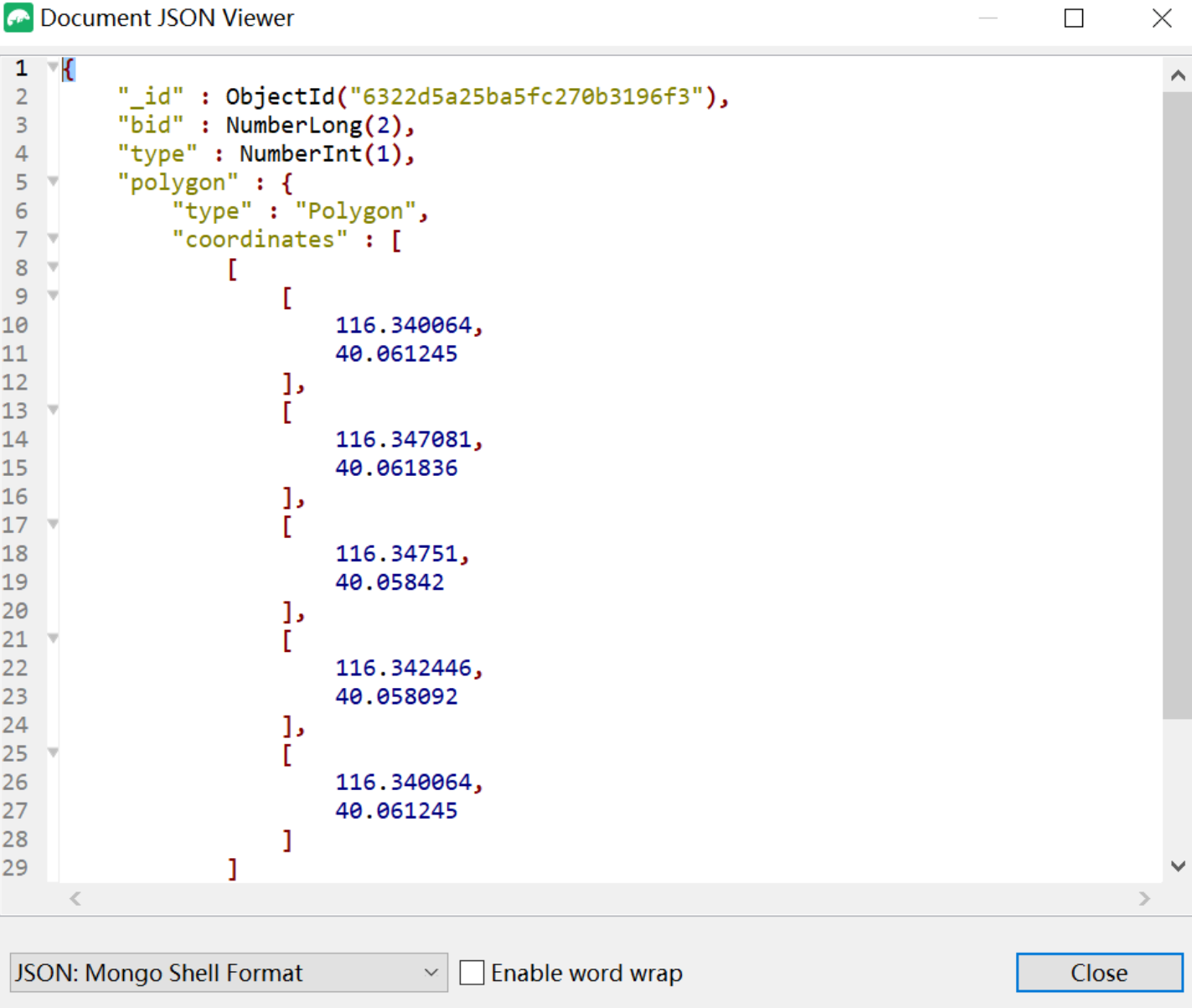
练习:实现附近的人搜索
/**
* 查询附近的人的所有用户id
*
* @param userId 用户id,中心点用户
* @param metre 距离,单位:米
* @return 附近的人
*/
@Override
public List<Long> queryNearUser(Long userId, Double metre) {
//1、根据用户id,查询用户的位置信息
Query query = Query.query(Criteria.where("userId").is(userId));
UserLocation location = mongoTemplate.findOne(query, UserLocation.class);
if (location == null) {
return null;
}
//2、以当前用户位置绘制原点
GeoJsonPoint point = location.getLocation();
//3、绘制半径
Distance distance = new Distance(metre / 1000, Metrics.KILOMETERS);
//5、构建查询对象
NearQuery nearQuery = NearQuery.near(point).maxDistance(distance);
//6、执行查询,由近到远排序
GeoResults<UserLocation> geoResults = mongoTemplate.geoNear(nearQuery, UserLocation.class);
//7、获取结果对象,其中userLocationGeoResult.getDistance()可以获取目标点与中心点的位置
return geoResults.getContent().stream()
.map(userLocationGeoResult -> userLocationGeoResult.getContent().getUserId())
.collect(Collectors.toList());
}
模拟面试
- ● MongoDB存储的数据结构与MySQL存储的数据结构有什么区别?
- ● 为什么会使用到MongoDB?MongoDB中如何存储坐标位置数据?如何实现附近的人查询?
- ● 用户下单后如何确定为其服务的快递员?如何确定起点、终点的机构?
- ● 作业范围如果不使用MongoDB,还可以使用其他技术实现吗?
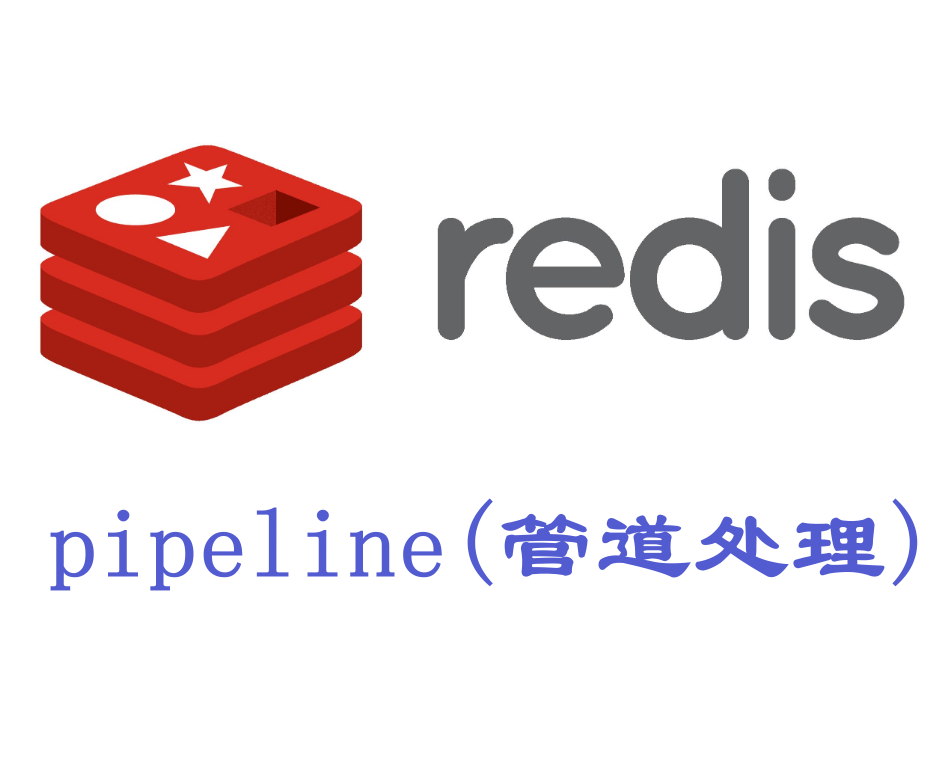




评论( 0 )